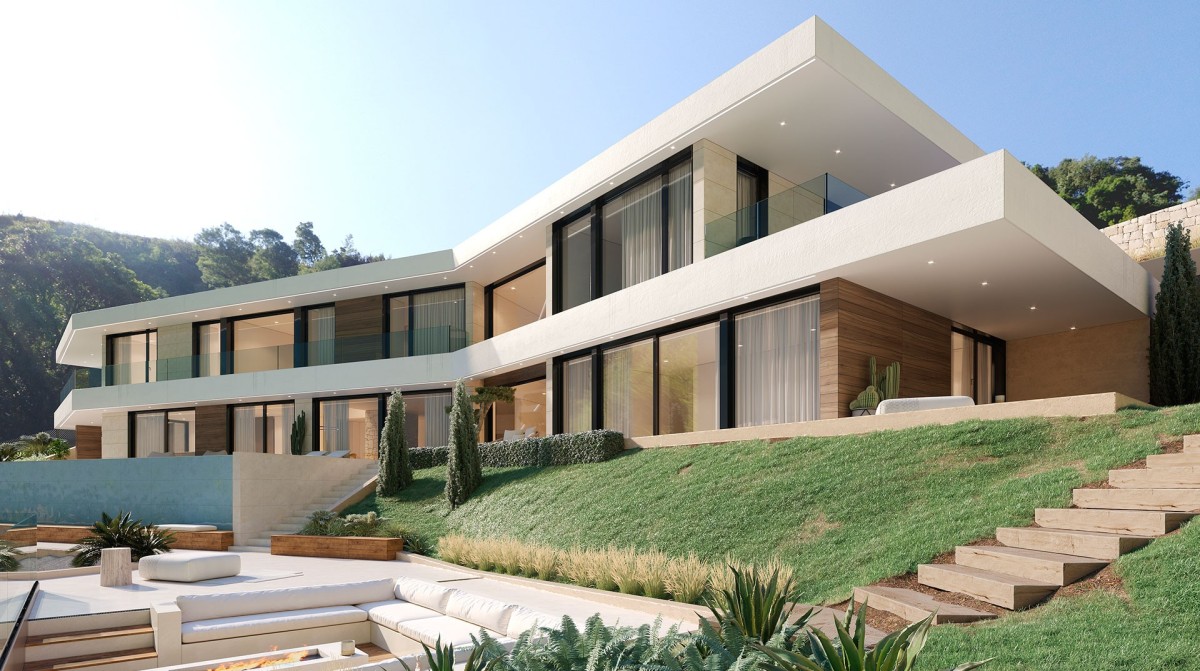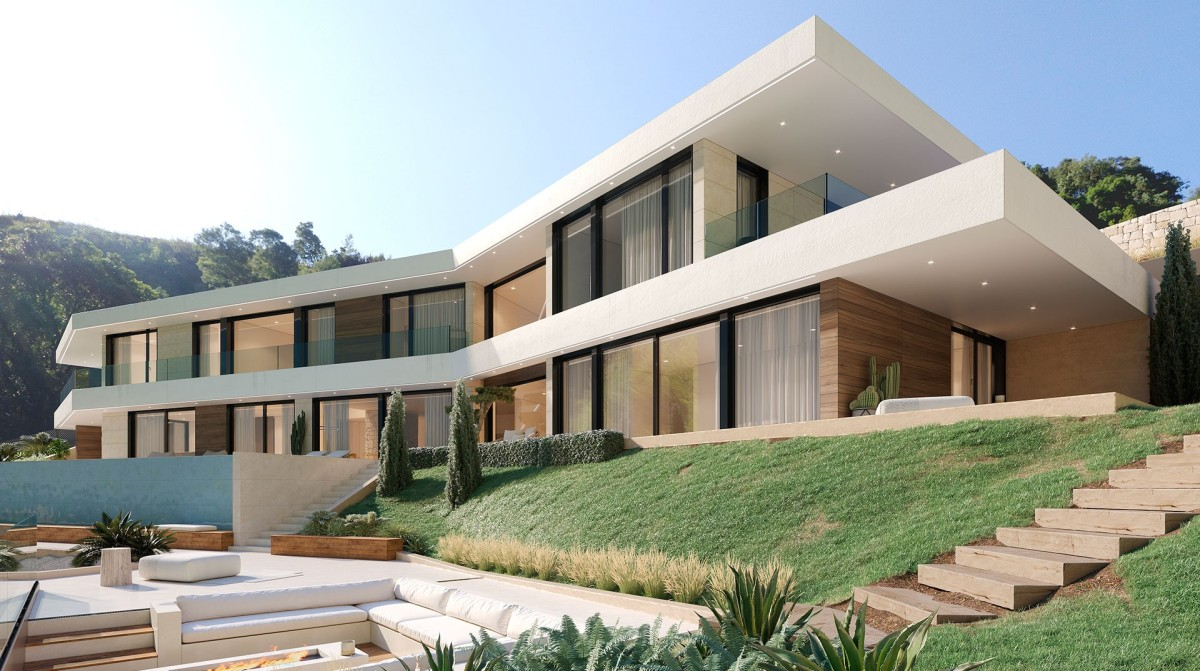
Types of Prefabricated Houses
Prefabricated homes come in various forms, each with unique characteristics:
- Modular homes: Built in sections (modules) in factories, then transported and assembled on-site. These modules are designed to fit together precisely, creating a complete home.
- Panelized homes: Constructed with pre-made wall, floor, and roof panels. These panels are shipped to the site and assembled, forming the home’s structure.
- Kit homes: Come with pre-cut materials and detailed instructions for on-site assembly. They offer a balance of factory precision and on-site construction.
Advantages of Prefabricated Construction
Prefabricated houses offer several benefits that make them appealing:
- Efficient building process: Since much of the construction happens in a controlled factory environment, weather delays are minimized. This leads to faster completion compared to traditional on-site building.
- Consistent quality: Factory production ensures strict quality control. Materials and craftsmanship are monitored closely, reducing variations in build quality.
- Design flexibility: Modern prefab homes come in a range of styles, from minimalist to traditional. They can be customized with various finishes, layouts, and features to suit individual preferences.
- Sustainability: Many prefabricated homes prioritize eco-friendly practices. Factory construction reduces material waste, and they often incorporate energy-efficient components like insulation and windows.
Design and Customization Options
Prefabricated homes aren’t limited to generic designs. Here’s how they can be tailored:
- Layout variations: From open-concept living spaces to multi-bedroom layouts, prefab homes can be designed to meet different family sizes and lifestyle needs.
- Exterior finishes: Options include siding, stone, or brick finishes, allowing homeowners to match the home’s look to their preferred aesthetic.
- Interior features: Customizable elements like cabinetry, flooring, and fixtures let homeowners add personal touches, making the space feel unique.
Sustainability Features
Prefabricated houses often emphasize eco-friendly aspects:
- Energy efficiency: Many come with high-quality insulation, energy-efficient appliances, and windows that reduce heat loss, lowering energy consumption.
- Reduced waste: Factory production allows for precise material cutting, minimizing leftover materials that would otherwise end up as waste.
- Eco-friendly materials: Some manufacturers use sustainable materials like recycled steel, reclaimed wood, or low-VOC (volatile organic compound) paints.
Ideal Living Scenarios
Prefabricated homes suit various living situations:
- Rural areas: Their efficient construction works well in locations where on-site building resources may be limited.
- Urban infill projects: Compact prefab designs fit into small city lots, contributing to denser, sustainable urban development.
- Temporary or permanent housing: They can serve as permanent residences or temporary homes, offering flexibility for changing needs.
Considerations for Choosing Prefabricated Homes
When exploring prefab homes, keep these points in mind:
- Site preparation: The land needs proper foundation work before the prefab components arrive, just like with traditional homes.
- Transportation logistics: The size and weight of modules or panels require planning for transportation to the site, especially in remote areas.
- Local regulations: Check local building codes and zoning laws to ensure the prefab home meets all requirements for the area.
Prefabricated houses bring innovation to homebuilding, combining efficiency, flexibility, and sustainability. Whether you seek a modern, customizable space or an eco-friendly home, they offer a compelling alternative to traditional construction, reshaping how we think about living spaces.

